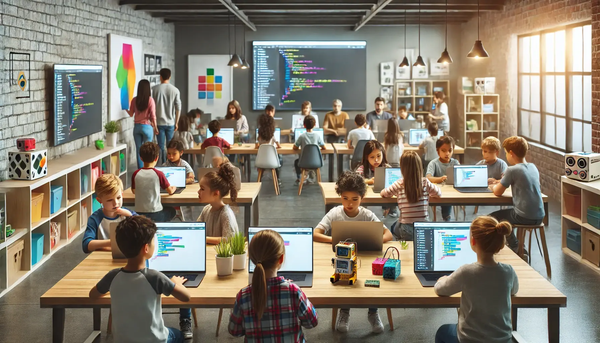Deepfakes Go Mainstream: Why 2019 was a big year for deepfakes
Society awakened to the delight, threat, and sheer weirdness of realistic images and other media dreamed up by computers.

Society awakened to the delight, threat, and sheer weirdness of realistic images and other media dreamed up by computers.
What happened: So-called deepfakes became both more convincing and easier to make, stoking a surge of fascination and anxiety that shows every sign of intensifying in the coming year.
Driving the story: Two years ago, the majority of deepfakes were pixelated and difficult to make. Now they’re slicker than ever and improving at a quick clip.
- Late 2018 brought stand-out models like BigGAN, which creates images of the classes found in ImageNet, and StyleGAN, which generates variations such as poses, hairstyles, and clothing. In early 2019, researchers also developed a network that makes realistic talking-head models from a single photo, raising the question of whether people actually said the things you watched them say.
- The technology found positive uses such as making English football star David Beckham appear to deliver an anti-malaria message in nine languages. Chinese tech giant Momo released Zao, an app that maps users’ faces onto characters in scenes from popular movies.
- Yet deepfakes also showed their dark side. Scammers bilked a UK energy company of hundreds of thousands of dollars using fake audio of the CEO’s voice. The technology was implicated in political scandals in Malaysia and Gabon.
- A report by Deeptrace Labs, which sells deepfake detection software, found that 96 percent of deepfake videos online were non-consensual porn — mostly faces of female celebrities rendered on computer-generated naked bodies.
The reaction: Facebook, beset by a fake video of CEO Mark Zuckerberg appearing to gloat at his power over the social network’s members, announced a $10 million contest to automate deepfake detection. Meanwhile, China enacted restrictions on spreading falsified media. In the U.S., the state of California passed a similar law, while the House of Representatives considers national anti-deepfake legislation.
Where things stand: Detecting and controlling deepfakes is shaping up to be a high-tech game of cat and mouse. Although today’s fakes bear telling features, they’ll be indistinguishable from real images within a year, according to USC computer science professor Hao Li.



